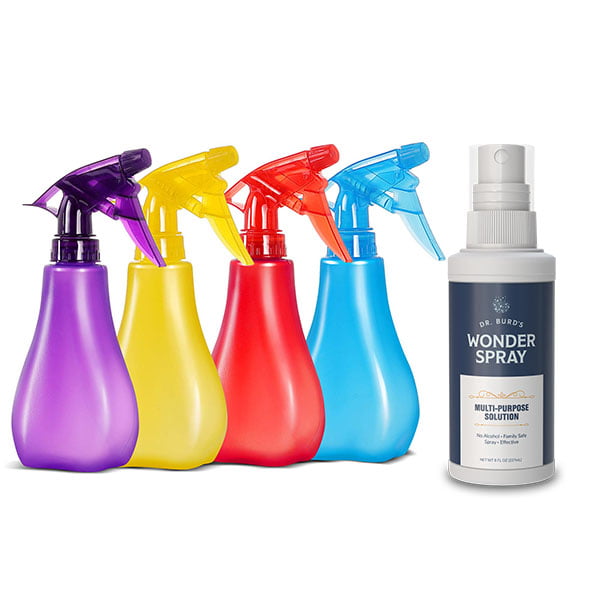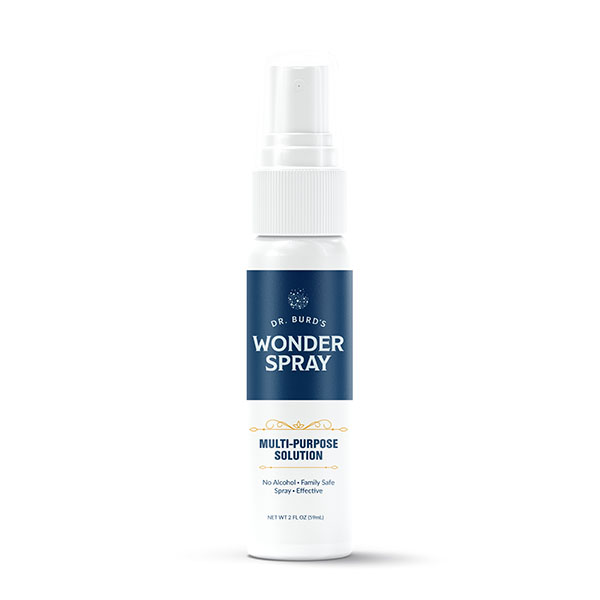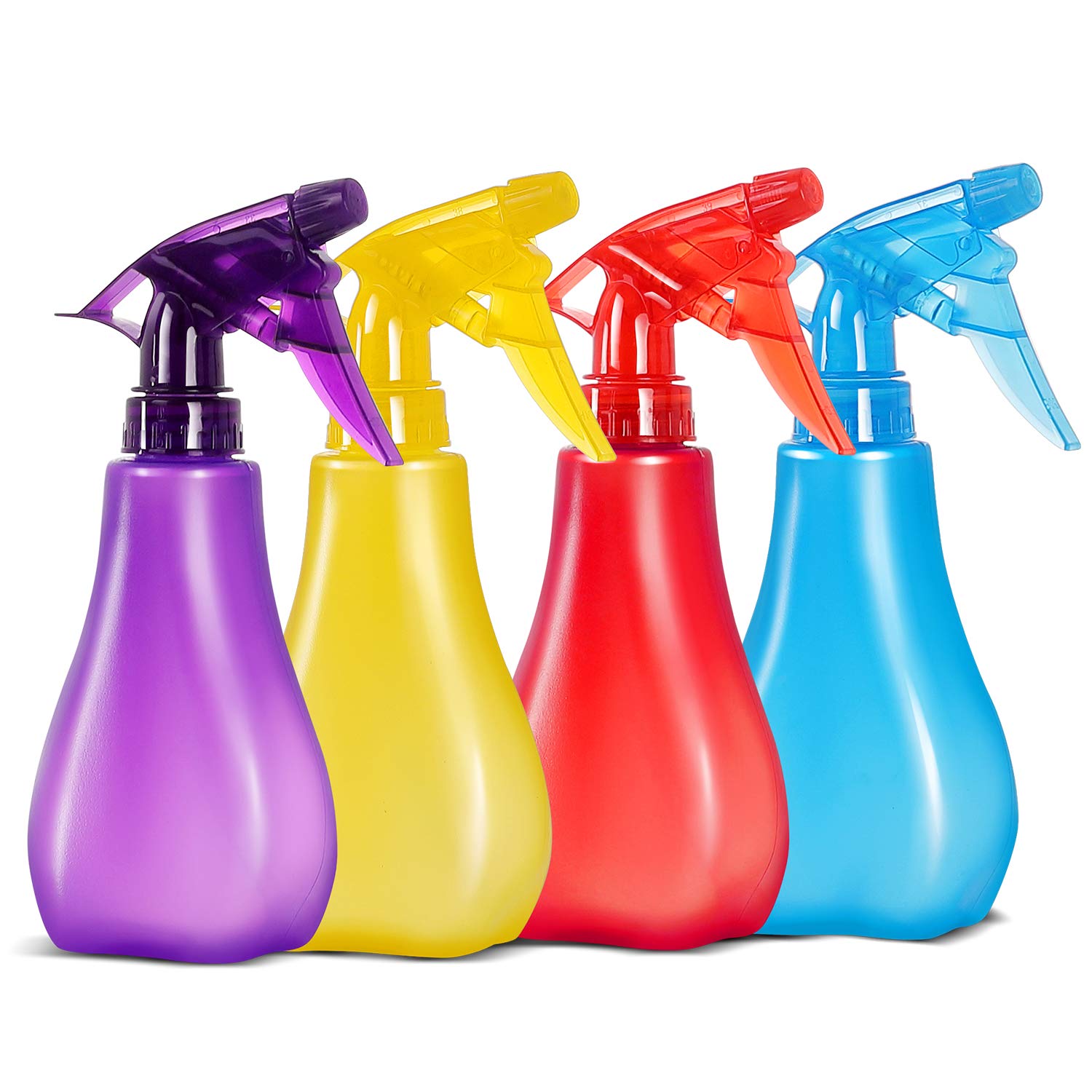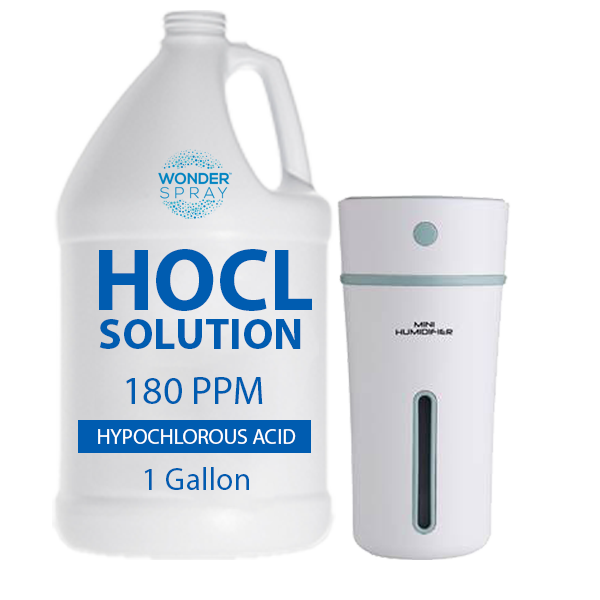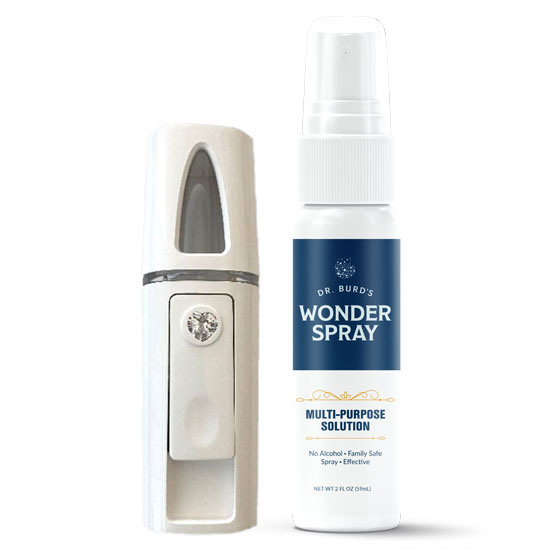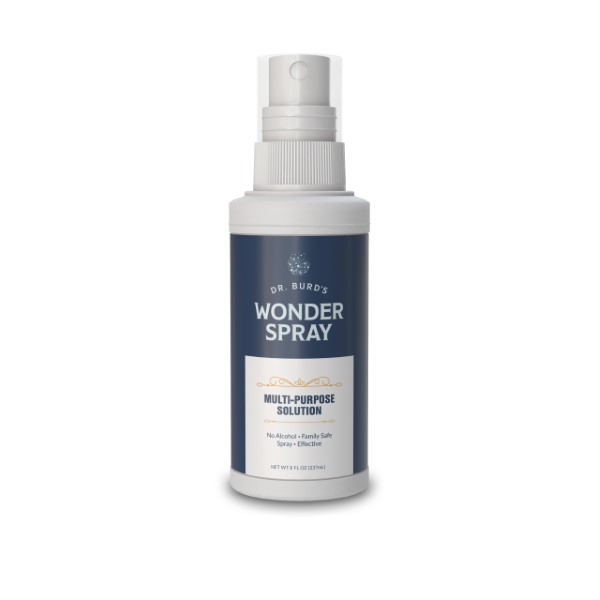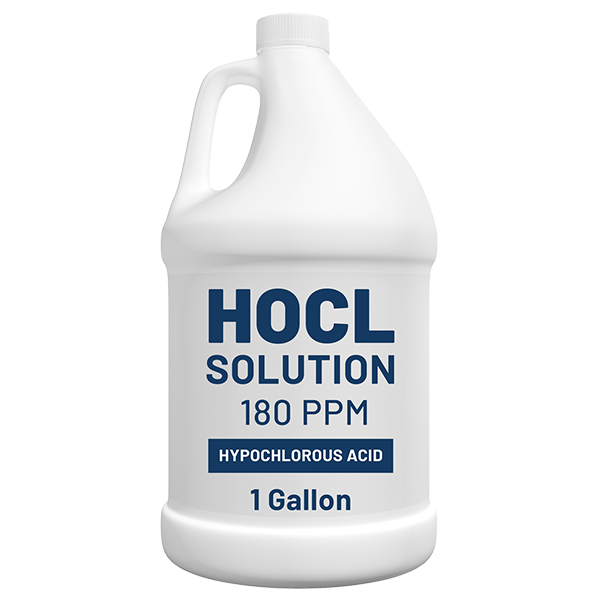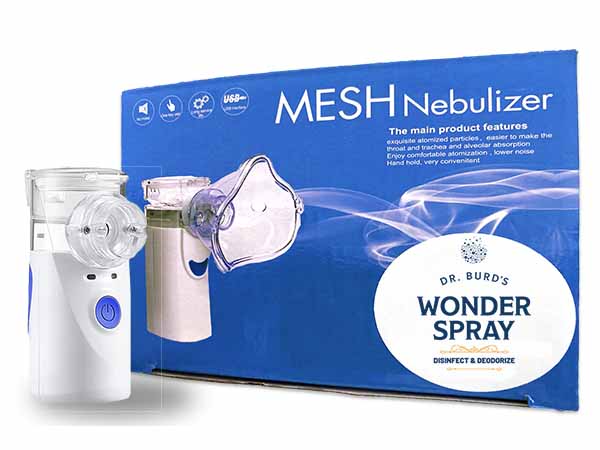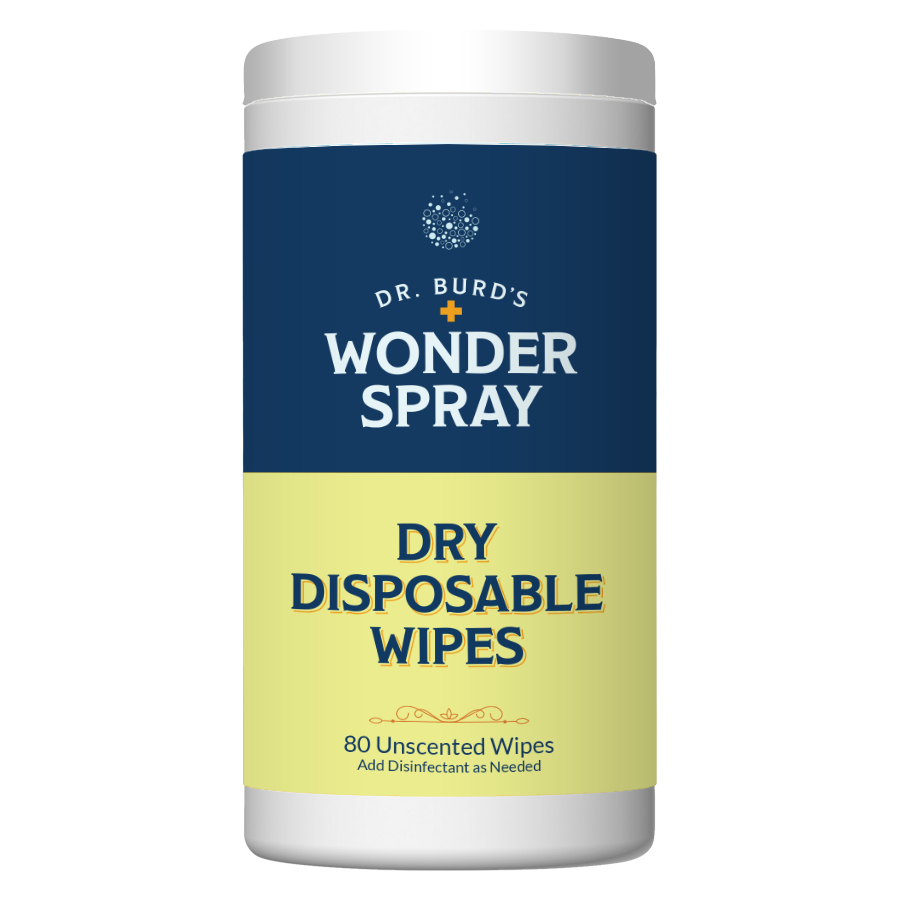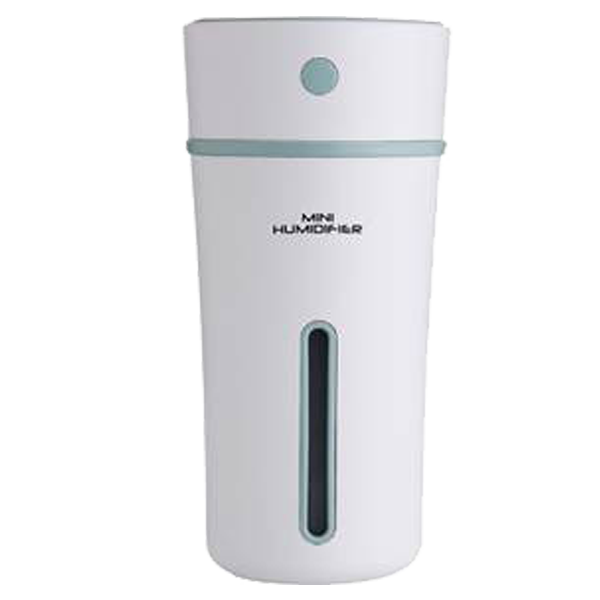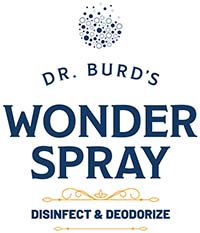[ad_1]
When you smell chlorine in your pool, what you really smell are combined forms of chlorine (chloramines). Chloramines are formed when chlorine combines itself with contaminants in the water that contain nitrogen (sweat, urine, body oil, etc.). This type of combined chlorine is still a disinfectant but is 40 to 60 times less effective than free chlorine.
There are three types of chloramines that can be formed in water, monochloramine, dichloramine, and trichloramine. Monochloramine is formed from the reaction of hypochlorous acid with ammonia, and may then react with more hypochlorous acid to form a dichloramine, which if reacts then with more hypochlorous acid forms a trichloramine. Trichloramines are what cause the chlorine smell, hang in the air directly above the water, and often are the cause of frequent swimmers asthma like symptoms, and irritation to the eyes, nose, and lungs. High levels of chloramines cause corrosion to surfaces and equipment in the pool area.
The best way to eliminate chloramines is by performing breakpoint chlorination with chlorine, super oxidation with a non-chlorine oxidizer, or by using ultraviolet or ozone systems.
To achieve breakpoint chlorination, you need to add enough chlorine to eliminate combined chlorine. The idea is to add enough free chlorine to break the molecular bonds (combined chlorine, and ammonia or nitrogen compounds.) It takes a ratio of chlorine to ammonia atoms of 7.6 to 1 to reach this, but there are also other contaminants that need to be oxidized. This requires adding 10 times the amount of combined chlorine. When enough free chlorine is added to the pool, the inorganic chloramines are turned into to dichloramine, then nitrogen trichloride, then nitrogen gas. The chlorine that is left over, after these reactions is free chlorine.
Every time you shock your pool, you must be sure to reach breakpoint chlorination. Failing to do so will actually make the problem worse because more chloramines are formed, and the old ones are re-dissolved back into the pool. If you continually shock the pool without reaching the breaking point, partial or complete draining of the pool, and filling with fresh water will be the only way to remedy your combined chlorine problem.
To determine how much of a chemical you need to reach breakpoint chlorination some simple math is involved. The DPD test does not measure combined chlorine; rather you have to test for free chlorine and then total chlorine. If you subtract the amount of free chlorine from the amount of total chlorine, you are left with the amount of combined chlorine. Again, the breakpoint chlorination level is 10 times that of the combined chlorine level. For example: if you have 0.7 ppm of combined chlorine, you will need to add 7 ppm of chlorine to achieve breakpoint.
Non-chlorine based chemicals known as oxidizers may be used in place of a chlorine shock to achieve breakpoint chlorination, but seeing as these oxidizers are not a disinfectant, you will still need to chlorinate you pool from time to time. Oxidizer products will oxidize, or destroy ammonia, nitrogen, and some swimmer waste, but do not kill bacteria or algae. Although some companies may advertise as little as one half-hour shut down time as an advantage to using non-chlorine oxidizers, the pool should be closed for a minimum of one hour after the chemicals are added, if the manufacturers instructions call for longer, follow the instructions.
Some large pools used for competition have had success with adding a medium pressure UV light, or ozone system to eliminate chloramines, but some states only permit this as a secondary means of disinfection. The UV systems used for this must be polychromatic that produces wavelengths of 200-350 nanometers. Monochlramine is destroyed at 245 nanometers, dichloramine at 297 nanomaters, and trichloramine at 260 and 340 nanometers.
Some water companies use chloramines for additional disinfection in the distribution system, if this is the case you may want to use carbon filters to reduce the amount of chloramines in the source water.
[ad_2]
Source by Collin V Soukup


